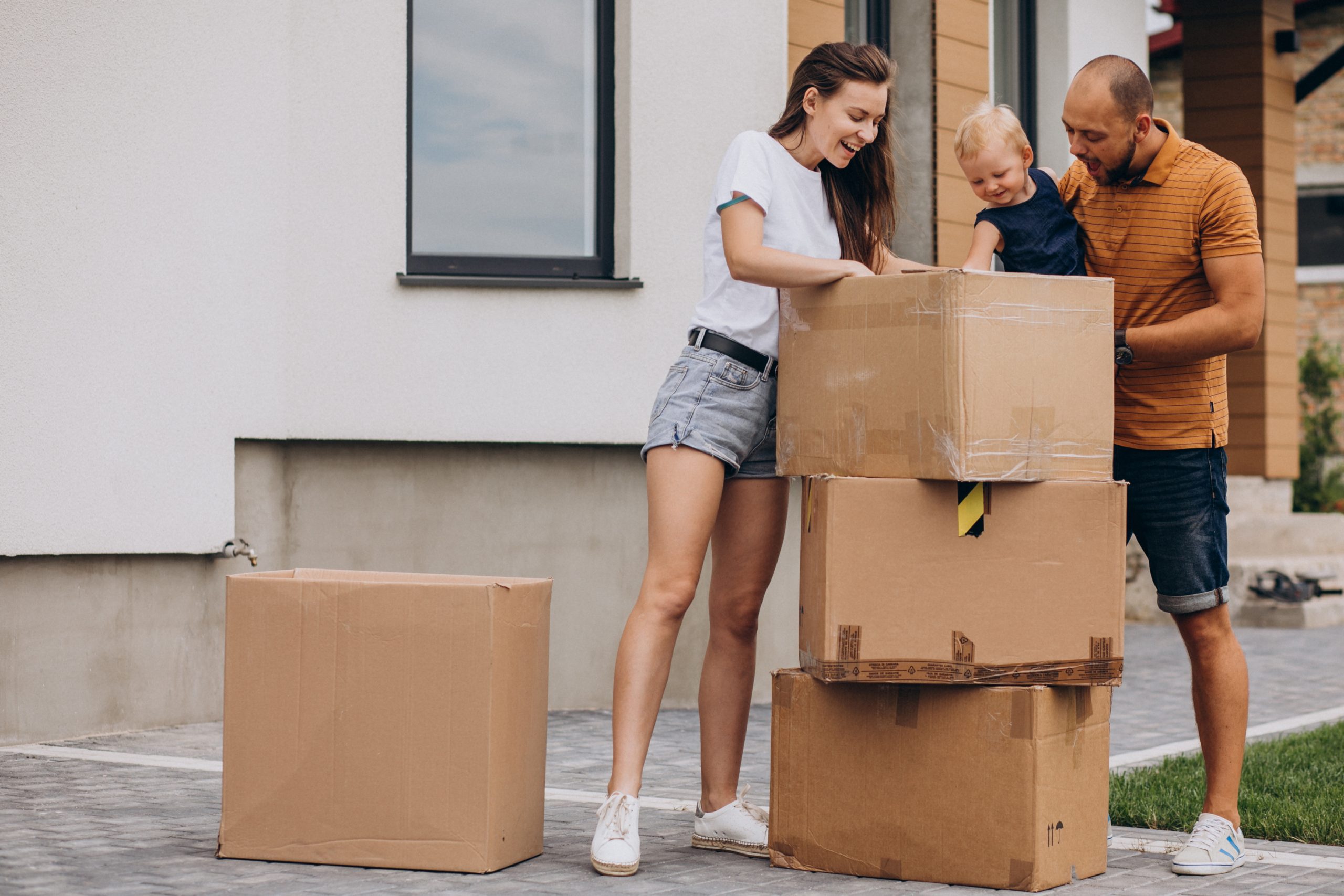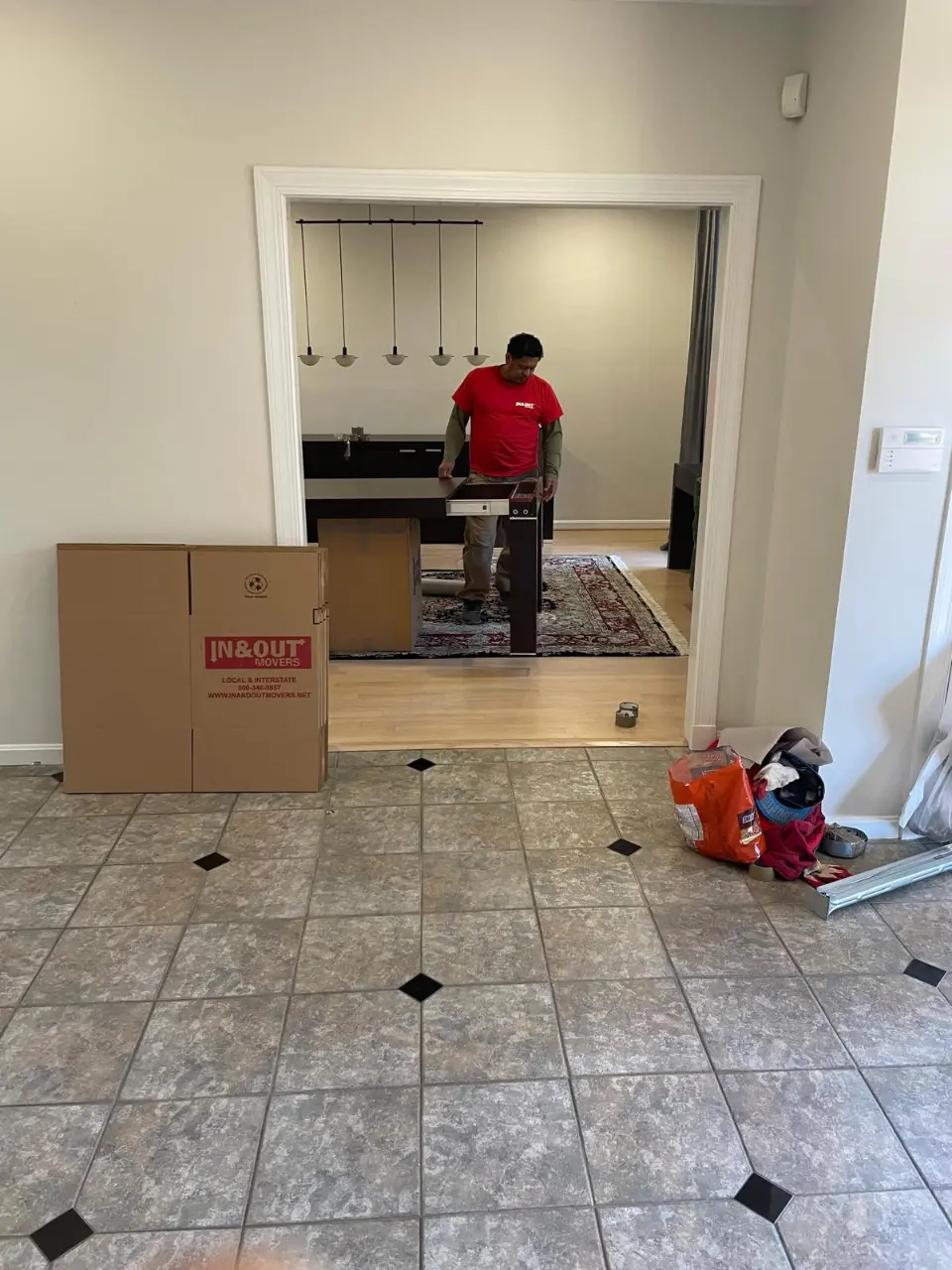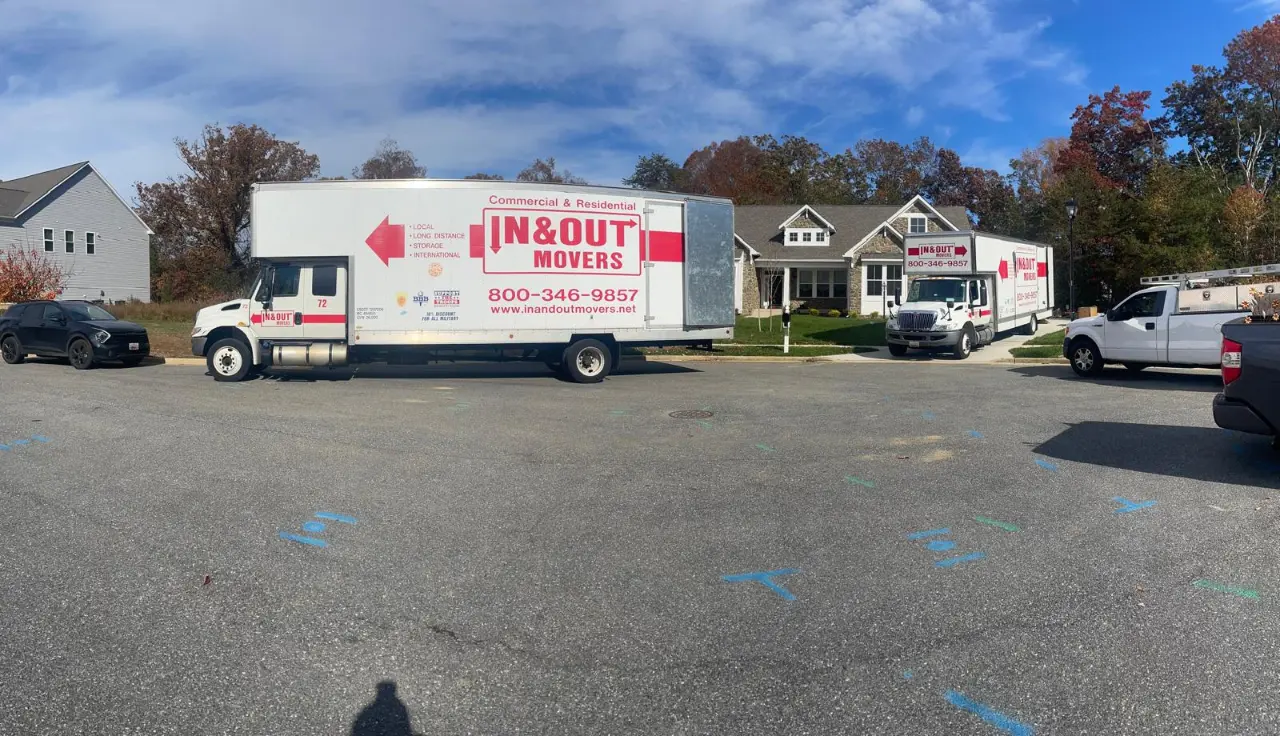Ever stood in your home, wondering how to pack up your entire life? Trust me, we’ve all been there. Getting the correct number of moving boxes for your relocation is a balancing act.
Too few, and you’re making panicked late-night runs to the store. Too many, and you’ve wasted money. Let’s figure out exactly what you need for a stress-free packing experience!
What Determines Your Moving Box Needs?
The number of moving boxes you’ll need depends on several factors. First, how much stuff do you actually own? Are you a minimalist or do you have collections that would make a museum jealous?
Your packing style matters too. Some folks wrap each item individually like precious artifacts, while others toss similar items together. Your timeline also affects your needs. Rushed packing often requires more supplies than a methodical approach planned weeks.
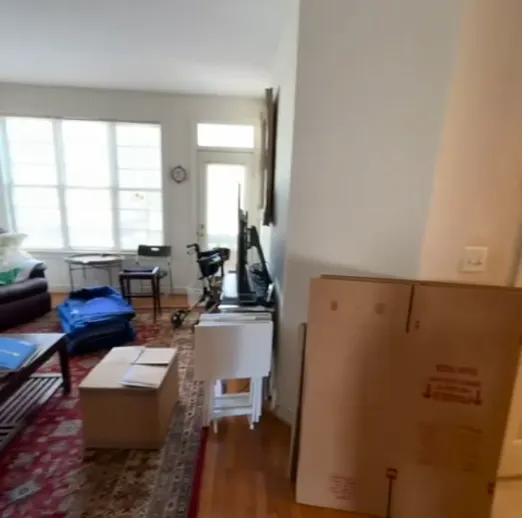
Estimating Moving Boxes By Room Size
For kitchens, plan on 10-15 containers just for dishes, appliances, and food items. These areas typically need sturdy options for heavy items like cookbooks and cast-iron pans.
Bedrooms usually require 6-8 medium-sized options per room, plus specialty wardrobes for hanging clothes. Living rooms might need 15-20 for electronics, decorations, and those random items that don’t belong anywhere else. Don’t forget about books; they’re deceptively heavy and require smaller, stronger containers.
Home Size Requirements
- Studio apartment: 25-30 assorted containers
- One-bedroom home: 35-40 assorted sizes
- Two-bedroom home: 45-60 various options
- Three-bedroom home: 60-75 packing supplies
- Four+ bedroom home: 75-100 or more containers
Remember, these estimates assume average household contents. If you’re a collector or have lived in your place for decades, you might need to adjust these numbers upward!
Types of Moving Boxes for Different Items
Not all moving boxes are created equal! Small options (16″ x 12″ x 12″) work best for books, canned goods, and heavy items. Medium ones (18″ x 16″ x 18″) are perfect for kitchen items, toys, and decorative pieces.
Large containers (24″ x 18″ x 24″) handle bulky items like pillows and comforters, but should never be filled with heavy stuff. Then there are specialty options, wardrobe containers with hanging rods, picture frame protectors, and dish packs with cell dividers for your favorite coffee mugs.
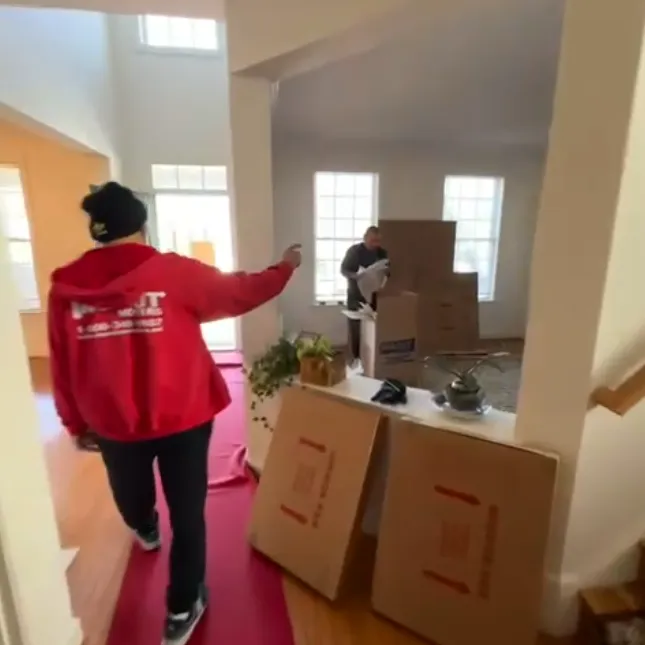
How to Find Quality Packaging
Quality matters when selecting packing materials. Look for double-walled construction for heavier items. The flaps should close completely without gaps. Check for sturdy handles that won’t tear when lifted.
Consider sourcing from supply stores, home improvement centers, or online retailers. Many companies offer bundle deals that include tape and markers. Ask friends who’ve recently relocated if they have extras. Recycling is both eco-friendly and budget-friendly! Local grocery stores sometimes give away sturdy containers if you ask nicely.
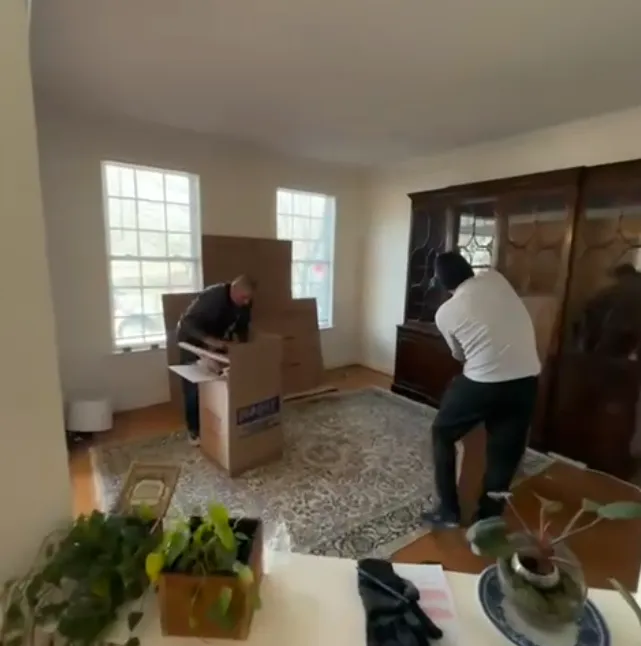
Final Thoughts
Planning your moving boxes needs isn’t an exact science, but these guidelines should help you avoid the extremes of too many or too few. Start collecting materials earlier than you think you need to this gives you time to adjust your estimates.
Remember that having slightly too many is better than running short. Any extras can be flattened and stored for future use, donated to friends, or recycled.
Frequently Asked Questions
Can I reuse cardboard packages from a previous relocation?
Absolutely! Inspect for damage first. Reinforced corners and sturdy bottoms are crucial. Replace any wet, torn, or crushed containers. Quality reused packing materials can be just as effective as new ones when in good condition.
How early should I start collecting packing supplies?
Begin gathering materials 3-4 weeks before your departure date. This allows time to source quality containers, find specialty packaging for valuables, and avoid last-minute scrambling, which often leads to overspending on emergency supplies.
What alternatives exist if I run out of traditional packing supplies?
Suitcases work great for clothes and linens. Use towels and blankets as padding for fragile items. Laundry baskets, dresser drawers, and plastic tubs make excellent temporary containers. Even garbage bags can transport soft items in a pinch!RetryClaude can make mistakes. Please double-check responses.

